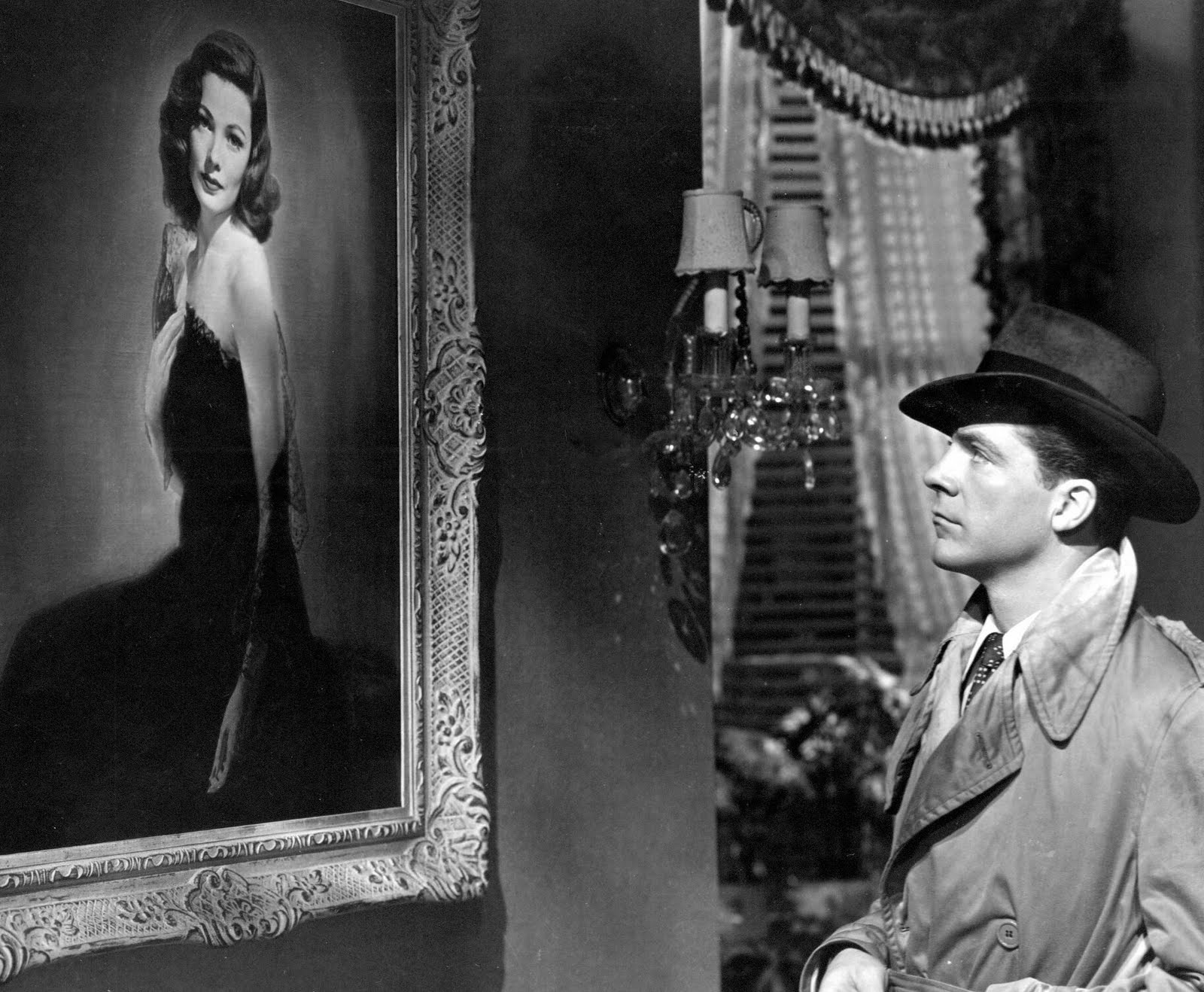As Mr. Walter Hartright confesses his love for Miss Laura Fairlie, his latent sexual desires bubble to the surface. Hartright reluctantly admits to the reader that Laura has led him away from the “narrow path” of propriety and respectability (Collins 66). His “situation in life” usually acts as “a guarantee against any of [his] female pupils feeling more than the most ordinary interest in [him],” but Laura is an exception to this rule (66). In Hartright’s mind, she experiences the same “unacknowledged sensations” that he does (67). These shared sensations imbue each of their interactions with an electric sexual energy, regardless of how innocent they may appear on the surface.
In a society where physical contact is frowned upon, even the shadow of a touch can arouse excitement. When Hartright recalls shaking Laura’s hand each “night and morning,” he acknowledges the eroticism in the slightest brush of their fingertips (66). To him, this ritual is not a mere formality; it represents a temporary transgression of social norms. If even for a moment, Hartright can feel Laura’s skin against his own. Their drawing lessons adopt a similarly sexual charge. Hartright cannot get “close to [Laura’s] bosom” without “trembl[ing] at the thought of touching it” (65). He longs to feel “the warm fragrance of her breath” on his skin (65). His body thrills as she watches “every movement” of his phallic “brush” on the canvas (65). It is reasonable to believe that these close encounters feed Hartright’s fantasies “in the quiet and seclusion of [his] own room” (64). He must keep his “hands and eyes pleasurably employed” to avoid other, even more pleasurable employments (64). Sin encroaches, and sexuality threatens to invite it into the most hidden recesses of the heart.
Other domestic acts and subtle word choices also imply sexual connotations. When Hartright claims that he “always notice[s] and remember[s] the little changes in [Laura’s] dress,” for instance, he inadvertently admits that he ogles at her body (66). Hartright considers Laura’s figure as alluring as a “Syren-song” (66). In many nineteenth-century paintings, these seabound seductresses are depicted without a shred of clothing; perhaps Hartright imagines his beloved in much the same way. One thing can be said with certainty, however; with Laura around, the “monotony of life” becomes “delicious” (66). This adjective choice invokes kissing, licking, and other erotic activities involving the mouth. The days become so sweet that they beg to be consumed. Perhaps, in Hartright’s eyes, the same occurs with Laura’s body.
Once considered “a harmless domestic animal,” Hartright evolves into a tertiary sexual predator (66). It only takes one encounter with erotic possibility for Hartright to discard his “hardly-earned self-control” as if he “had never possessed it” at all (66). As Hartright himself points out, the very same happens “to other men, in other critical situations, where women are concerned” (66). Collins demonstrates how quickly propriety crumbles under the immense weight of passion. As the novel progresses, I am curious to see if sexual desire is strong enough to fracture other Victorian customs, particularly the reticence surrounding the erotic.
